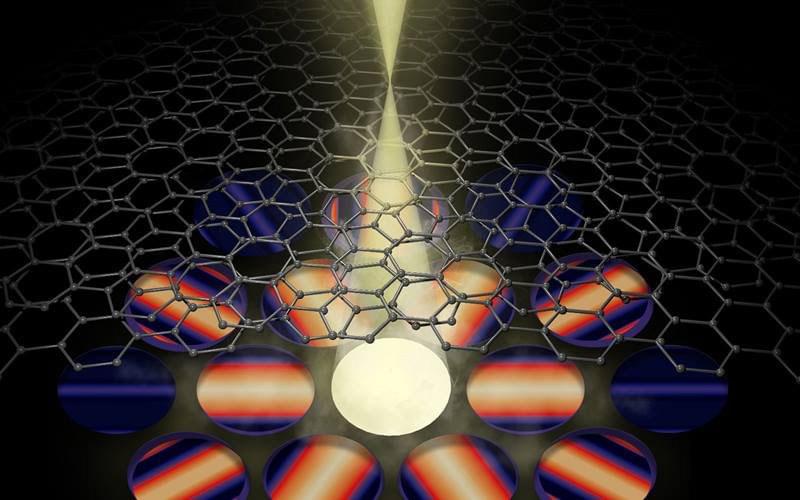A team of surgeons in New York has performed the world’s first transplant of an entire eye in a procedure widely hailed as a medical breakthrough, although it isn’t yet known whether the man will ever see through the donated eye.
The groundbreaking surgery involved removing part of the face and the whole left eye—including its blood supply and optic nerve—of a donor and grafting them onto a lineworker from Arkansas who survived a 7,200-volt electric shock in June 2021.
Aaron James, 46, suffered extensive injuries including the loss of his left eye, his dominant left arm above the elbow, his nose and lips, front teeth, left cheek area and chin.





